Flu Season & the 2021 HPAI Risk Alert: Avian Flu
Dec 7, 2021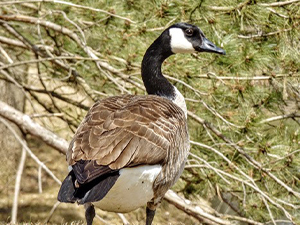
Not everything that comes with the holiday season in the Midwest is a matter of good cheer, unfortunately. It’s flu season as well.
The Flu: What Is It?
Influenza is a rapidly evolving multi-strain virus first described by Hippocrates in 400 BCE. There are two main types: A and B.
While the symptoms – fever, cough, aches – are similar, Influenza B is generally mild and slow to spread, while Influenza A is the source of epidemics and pandemics, like the Spanish Flu of 1918 that sickened one-fifth of the human population and killed over 50 million people.
In addition to the two types of flu, there are also many strains, designated by their H and N numbers. To further complicate things, there are two varieties of flu illness: seasonal flu and Pandemic flu. Seasonal flu strains circulate throughout the population for an extended period. These are the flu strains targeted by vaccines. They tend to be less harmful, and many people build up immunity, but seasonal flu still kills tens of thousands of people worldwide each year. Pandemic flu is the result of a new and highly virulent strain that spreads rapidly with a higher rate of severe illness and death because there is little natural immunity.
What Does The Flu Have To Do With Birds?
Birds, especially waterfowl like geese and other poultry, are a natural reservoir for influenza. All strains of genotyped influenza lead back to bird strains, making it likely that the flu originated in birds. From there, influenza evolved to spread to many other animals, including pigs, dogs, and humans. To this day, influenza is still evolving and spreading within birds, forming new strains and new H and N numbers. On top of that, birds migrate across borders, and mingle with birds from other areas. Then they migrate back, spreading new disease strains.
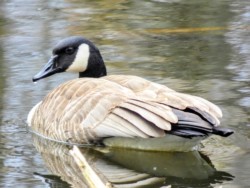
Canada Geese are a natural reservoir for Avian Flu.
Why Is The Avian Flu Dangerous?
Avian Influenza, also known as Bird flu, is one of the most tracked and studied diseases on the planet. HPAI, or “Highly Pathogenic Avian Influenza,” strains like H5N1, H5N6 and H5N8, have the potential to become highly lethal. Though these strains spread rapidly between birds, they don’t seem to pass easily from person to person. Even so, they have a mortality rate of over 60% in the people that catch them from a sick bird. Influenza viruses evolve rapidly. The concern is that these strains of flu will evolve to spread as easily between people as they do between birds, leading to a pandemic with an extremely high mortality rate.
This season poses a high risk for an outbreak. HPAI has been found in migrating flocks of waterfowl throughout the world and because of the migratory paths, poses a higher risk of spread. In Europe and Asia, safeguards for people caring for or farming domestic birds have been implemented as a precaution.
Even if HPAI never makes that unlucky evolution, its impact is still felt. Because of the risk of transmission to people from sick birds, domestic flocks of waterfowl and poultry require regular testing and culling when a positive test emerges. This may not mean much to a hobbyist with a small backyard farm flock, but most of the world that consumes eggs or poultry gets their supply from large scale farms with flocks that can number in the millions. An outbreak on that scale carries enormous implications both in terms of expense and the food supply.
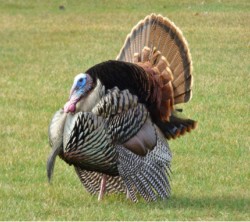
Poultry like chickens and turkeys are susceptible to HPAI and close-quartered farming leads to a higher risk of spread among the flock.
In What Ways Can We Protect Ourselves And Our Domestic Flocks?
Biosecurity is a critical concern in poultry and waterfowl farming. This includes extra cleaning and sanitation, strict rules on hygiene for workers and birds, and quarantine and care when importing and exporting birds from the facility and flock. The biggest challenge, however, comes with protecting domestic birds from wild birds. Because avian influenza is endemic (meaning common and readily spread) among wild waterfowl and poultry flocks, the best way to prevent the spread to people is to prevent the spread to domestic birds. This means keeping wild birds far away from domestic birds and their food and water sources. This is a complex undertaking, especially with growing consumer demand for free range birds, which more easily come into contact with wild birds.
This is where Migratory Bird Management can help. MBM offers biosecurity risk assessments and solutions to poultry farmers, including autonomic lasers that provide 24/7 humane deterrence of wild birds. Our work with poultry farms provides peace of mind and protection for their flock.
Our biologist-led teams can help you manage your bird conflicts with humane and cost-effective solutions for a wide array of bird issues for agricultural and commercial clients.
Give us a call today to learn more about our proven strategies for the effective management of bird-related risks and challenges.
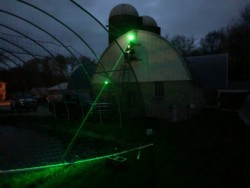
An autonomic laser protecting an outdoor poultry house from wild birds.
Contact us to learn more about bird management during flu season
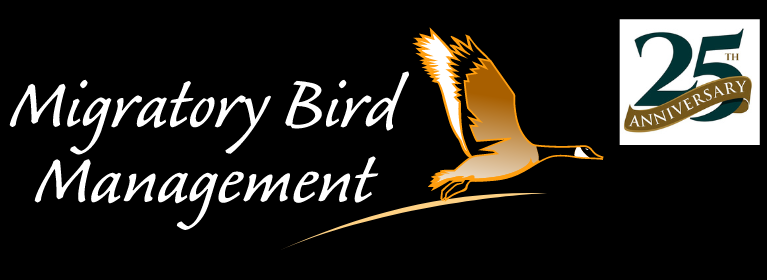

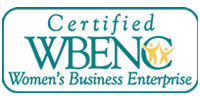

 0
0
